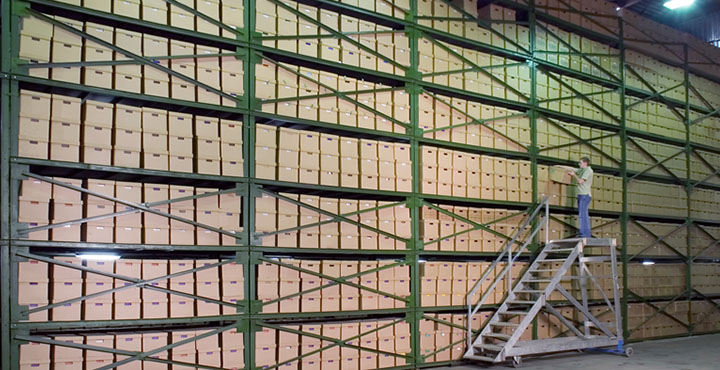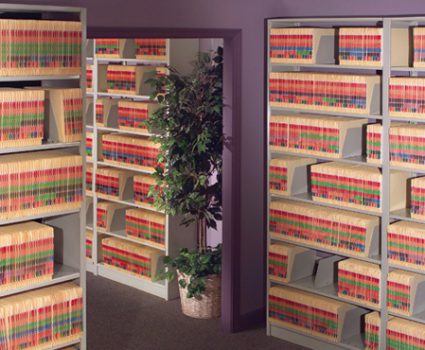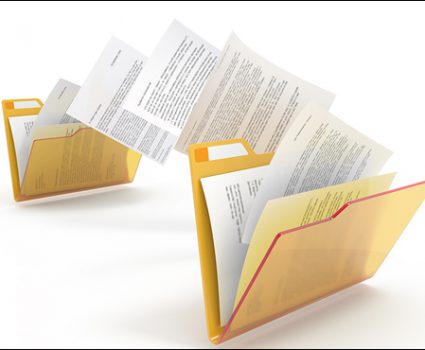
How to save on offsite storage costs: purging active records and conducting a box audit
Do offsite document storage fees make up a substantial portion of your operating budget? There are two key steps you can take to reduce your costs: purging your active documents and conducting an audit of the boxes currently in storage. This blog post explores what is involved in each approach.
Purging active documents
Purging active documents is a simply way to reduce the volume of documents that you send into offsite storage. In order to be sure that the right documents are going to storage you need a plan and processes that take records management principles into consideration:
- Educate employees on which documents should be kept – help employees correctly identify which documents are records are therefore should be kept.
- Set up specific times to have employees do their clean up – identify a day as “clean-up” day, giving employees time in their day to go through their documents.
- Set up specific areas for document disposal – this area is clearly identified as the central location where staff can take their documents to be securely destroyed or filed away.
Now the first document purge session may take a little time but once it is done subsequent purges should be quick and run even more smoothly. If you are hesitant about the logistics of such a day across the organization you can start with one department as a test before rolling it out to other departments.
Conducting a successful box audit
You might be surprised by how much of your offsite storage space is being taken up by records you don’t need. A box audit is exactly as it sounds – identifying what is in each box and determining what action to take. Recommended best practices for a box audit include:
- Capturing information at the box level
- Capturing details at the file level
- Restructuring the box contents based on current retention values
- Destroying or recycling all non-record materials
- Destroying records according to your retention schedule, whenever possible.
Together, these two activities can reduce your offsite storage requirements by a significant amount. For example, a North American energy trust company worked with TAB to dramatically reduce the amount of material going into storage. After applying these best practices, the company reduced the volume of records being moving into storage from 7000 cubic feet to only 495 cubic feet!
Next Steps
- Download our free guide for more tips on how you can save on your offsite storage costs.
- Want to reduce your offsite storage costs? One of our experts can help.





